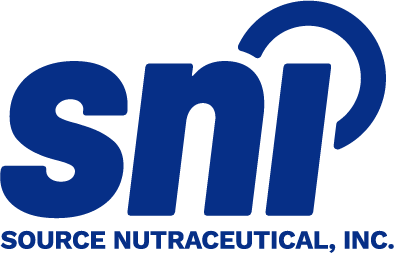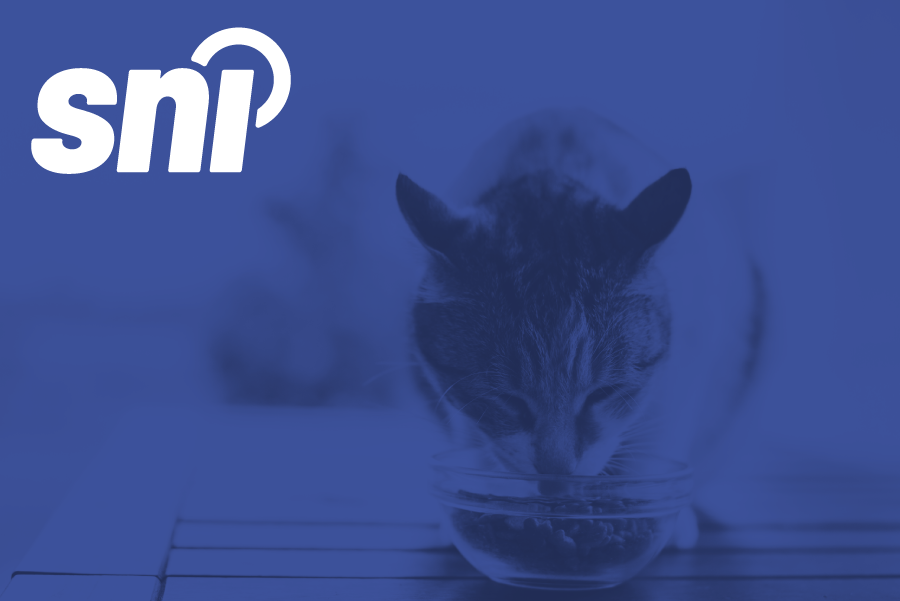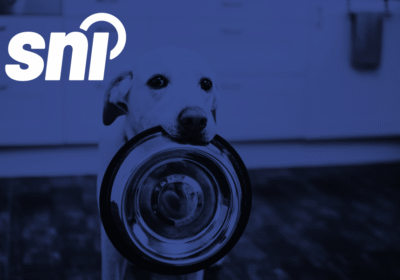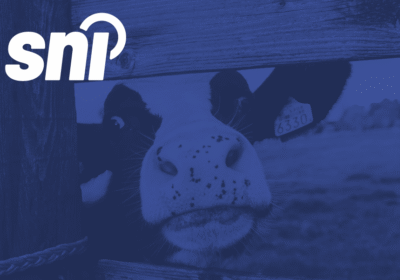As the demand for high-quality pet food continues to rise across Canada, so too does the need for a clear understanding of the regulations that govern its production, labelling, import, and sale. Whether you are a manufacturer, importer, brand owner, or retailer, ensuring that your pet food products comply with Canadian requirements is essential for protecting animal health, maintaining consumer trust, and achieving market success.
Unlike human food, pet food in Canada is not regulated under a single, comprehensive framework. Instead, it falls under a combination of federal laws that address safety, labelling, advertising, and ingredient standards. From bilingual labelling and packaging considerations to preventive control plans and traceability obligations, each element of the regulatory process plays a role in bringing compliant, market-ready pet food to Canadian consumers.
This blog post provides an overview of the key regulatory considerations for pet food in Canada, with a focus on labelling, nutritional standards, packaging, and import requirements. It is intended to help businesses better understand the compliance landscape and identify important steps in product development and market entry. For product-specific guidance or tailored regulatory support, we encourage you to connect with the SNI team.
What Qualifies as Pet Food?

In Canada, pet food includes any food products designed for consumption by domestic pets, such as dogs and cats. These pet foods must be safe, nutritionally adequate, and clearly labelled to comply with federal and provincial requirements such as the Feeds Act/Regulations.
Although potential overlap exists, treats or pet foods for other animals are regulated differently and do not fall under the same regulatory requirements as those applicable to pet foods.
How are Pet Foods regulated in Canada?
Although there’s no dedicated regulatory framework, pet food must comply with several federal Acts and Regulations, including the Consumer Packaging and Labelling Act, the Competition Act, and the Health of Animals Regulations. These laws collectively govern aspects such as product labelling, marketing claims, safety, and the use of animal-derived ingredients.
Oversight of pet food compliance is primarily managed by the Canadian Food Inspection Agency (CFIA), which focuses on import controls, the movement of inedible meat products, and animal health protection. CFIA also administers certification requirements for certain imported pet foods containing animal ingredients. Health Canada does not directly regulate pet food unless there are drug-like health claims or the presence of ingredients that will potentially affect the product classification. Health Canada is responsible for prohibiting unsubstantiated health claims on pet food labels and in advertising, while the Competition Bureau ensures that prepackaged pet food sold at retail includes a bilingual common name, metric net quantity, and dealer name and address. The Bureau also enforces rules against false or misleading representations and deceptive marketing practices.
Although there are no mandatory Canadian nutritional standards for pet food, many manufacturers voluntarily follow AAFCO (Association of American Feed Control Officials) guidelines to substantiate claims of nutritional adequacy. These standards help ensure that pet food products are complete and balanced for specific life stages. Collectively, these departments contribute to a regulatory environment focused on consumer protection, transparency, and the safety of pets and animals.
Labelling of Pet Foods
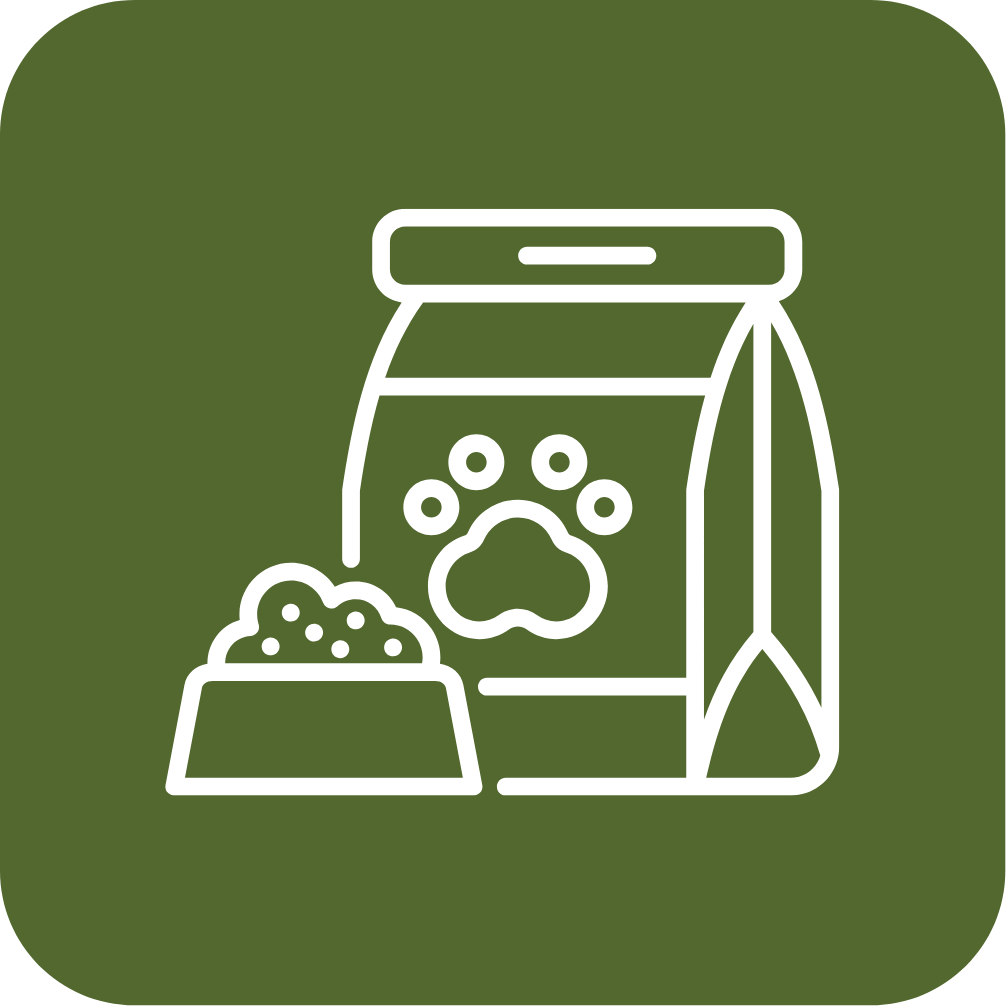
An essential aspect of regulatory compliance is ensuring that pet foods meet Canadian labelling requirements and clearly communicate product information, including the intended use. Responsible parties must ensure their product is labelled truthfully and in a manner that does not mislead consumers, providing all necessary information to support informed and appropriate use.
In Canada, pet food labels must include and/or meet the following:
Product identity (e.g., Dog Food, Cat Food), in both English and French
Net quantity, displayed in metric units and in both official languages
Dealer name and principal place of business, sufficient for postal delivery
Product name, accurately reflecting the content and proportion of named ingredients
Statement of purpose, if the product is formulated for a limited use (e.g., supplemental feeding or specific life stages)
Feeding instructions, unless the product is intended solely for intermittent or supplemental feeding, or is to be fed under veterinary supervision
Guaranteed analysis, showing minimum and maximum levels of nutrients such as crude protein, crude fat, crude fibre, and moisture
Ingredients, listed in descending order by pre-cooked weight
Nutritional or health claims, if present, must be truthful, substantiated, and aligned with applicable standards for nutritional adequacy
Bilingual labelling, with all mandatory information provided in both English and French, as required under the Consumer Packaging and Labelling Act (only for products intended for retail sale to consumers)
Country of origin or importer information (may be required depending on the claim or import conditions)
Storage instructions, where applicable (e.g., refrigeration required after opening)
Lot code and best before date, strongly recommended for traceability and recall purposes
Nutritional adequacy statement, if the product claims to be “complete and balanced,” substantiated by recognized industry methods
Special care must be taken to ensure that all required product information complies with the Guide for the Labelling and Advertising of Pet Foods. In addition to including all mandatory details, the information must be presented in the format and manner specified by the relevant guidance documents to ensure clarity, accuracy, and regulatory compliance
Importing Pet Food Products
The Canadian Food Inspection Agency (CFIA) regulates the import of pet food products to prevent the introduction of animal diseases into Canada. This includes oversight of pet food, pet treats (such as jerky or liver bites), and pet chews that contain animal products or by-products.
For personal imports, travelers may bring up to 20 kg of pet food per animal into Canada if it is commercially packaged, originates from the United States, and is carried and used exclusively for the accompanying animal.
For commercial imports, a CFIA risk review is required, and in some cases, the CFIA may inspect the foreign manufacturing facility before authorizing entry. Importers may also need to obtain an import permit, particularly for products containing animal-derived ingredients or originating from outside the United States. Before applying, importers should verify whether a permit is required by checking the Automated Import Reference System (AIRS) or contacting the CFIA import office in their province. Applications must be submitted through the My CFIA online portal. Depending on the specific product, the CFIA may request Form CFIA/ACIA 5859 or other documentation as outlined in the Automated Import Reference System (AIRS). The portal allows users to submit service requests, track application status, and pay fees online. Processing typically takes up to 30 days, and depending on the product type, additional documentation or facility questionnaires may be required.
Once an import permit has been obtained, importers must ensure that all conditions outlined in the permit and the AIRS are fully met. This includes verifying that the product’s ingredients, origin, manufacturing facility, and packaging match what was approved. Importers must also prepare all required documentation, such as the valid import permit, commercial invoice, compliant product labels in both English and French, and any necessary export or veterinary certificates from the country of origin. In some cases, importers may need to notify the CFIA in advance of the shipment’s arrival, as specified in the permit or AIRS entry.
At the time of import, shipments must enter Canada through a designated port of entry and be accompanied by all supporting documentation. The Canada Border Services Agency (CBSA) will review the documentation and may refer the shipment to CFIA for inspection. If inspection is required, importers should be prepared to provide product samples and full traceability details. It’s also essential to maintain accurate records of each import, including permits, invoices, and ingredient documentation, for regulatory compliance and possible future audits.
Pet Food vs. Animal Feed Distinction
One important distinction is the need to apply the correct regulatory framework based on the specific product category. For this reason, it is essential to clearly understand the difference between pet food and livestock feed in Canada.
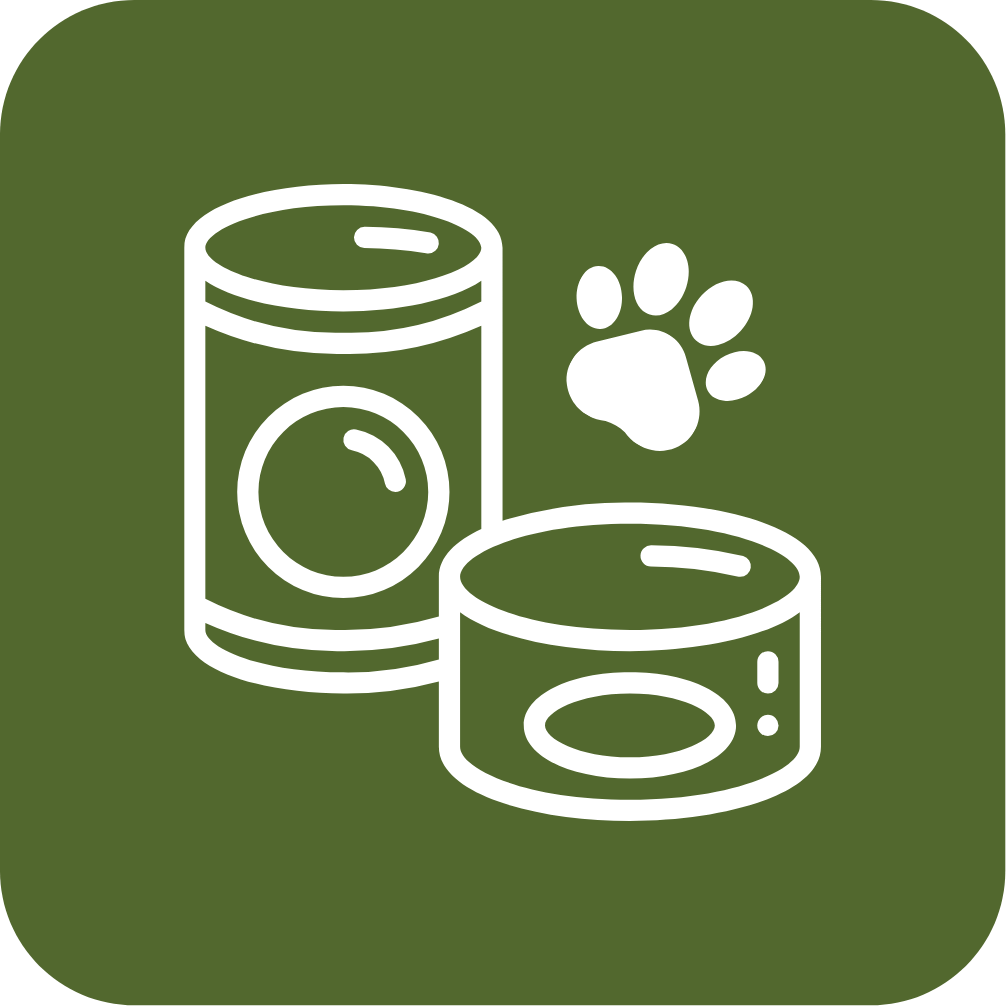
Pet food is intended for companion animals such as dogs, cats, birds, and ornamental fish. It is subject to limited federal oversight, mainly focused on import requirements and general labelling standards.
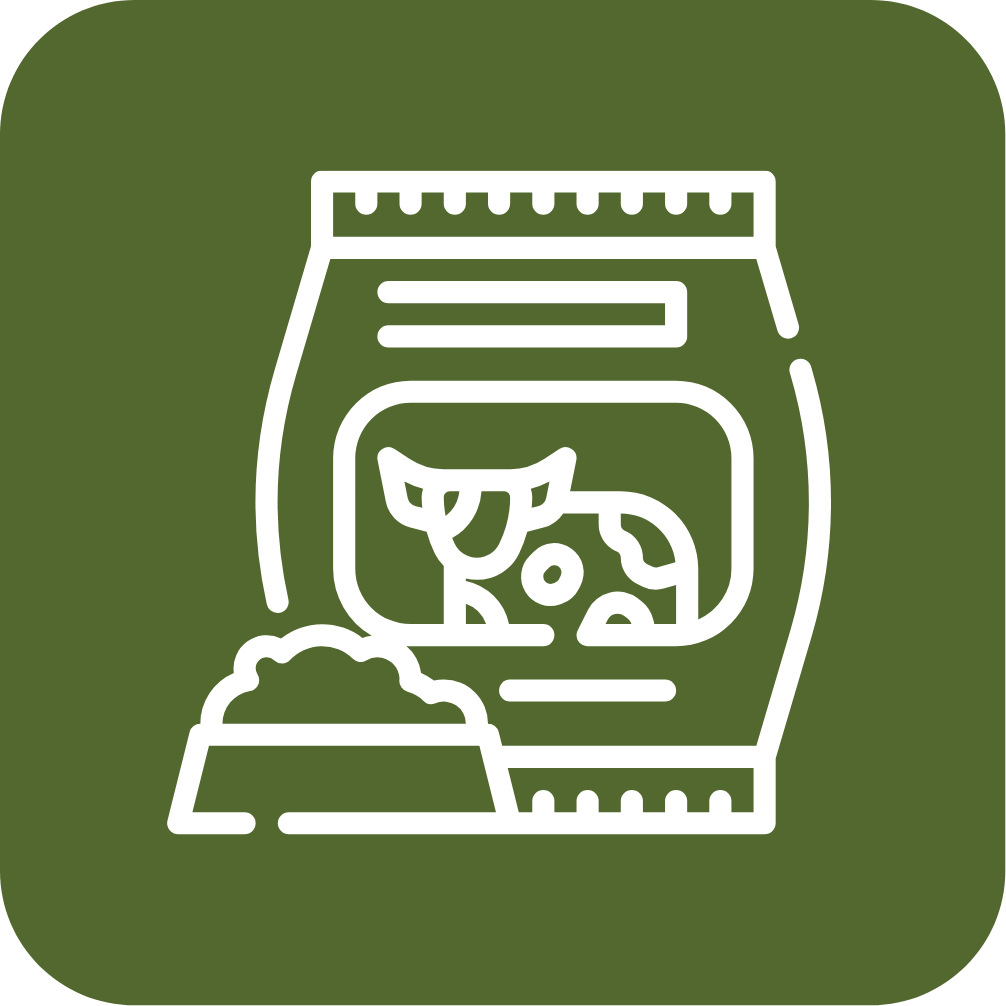
Livestock feed, on the other hand, is governed by a distinct and more rigorous regulatory framework. It includes products manufactured, sold, or represented for use as feed for animals raised for human consumption, such as cattle, poultry, swine, and fish. These products are regulated under the Feeds Act and Feeds Regulations, 2024, which require registration (unless exempt), licensing, approved ingredients, and specific labelling requirements.
Pet food cannot be used in livestock feed, including damaged or salvaged pet food. This restriction exists because pet food may contain ingredients not approved for livestock feed and is not subject to the same safety, quality, and labelling standards.
For example, a commercial poultry producer must use livestock feed that has been registered, produced in a licensed facility, and meets the applicable compositional and labelling requirements. They cannot substitute pet food products, such as dog kibble or cat treats, in their feed mix. These products are not recognized as suitable for livestock consumption and cannot be included in regulated feed formulations.
Unlike pet food, livestock feed is subject to additional regulatory requirements, particularly in the areas of product packaging, preventive control plans, and traceability. These elements are not explicitly mandated for pet food products under federal regulations. However, they are often addressed through good manufacturing practices, which many pet food manufacturers voluntarily adopt to ensure product safety and quality.
The AAFCO Standards
In Canada, the Association of American Feed Control Officials (AAFCO) standards are not legally mandated, but they play a significant role in shaping how pet food products are formulated and marketed. These U.S.-based standards provide detailed nutrient profiles and animal feeding protocols that define what constitutes “complete and balanced” nutrition for dogs and cats at various life stages, such as growth, maintenance, and reproduction. While Canada does not have mandatory national nutrient standards for pet food, many manufacturers voluntarily follow AAFCO guidelines to support the nutritional adequacy of their products.
Although AAFCO itself has no regulatory authority in Canada, its standards are often also used as a benchmark for nutritional claims. When a product label in Canada states that it provides “complete and balanced” nutrition, it generally means the formulation meets AAFCO nutrient profiles or has passed an AAFCO-defined feeding trial. However, these claims must still comply with Canadian labelling and advertising regulations, which prohibit false or misleading information. By referencing AAFCO standards, Canadian pet food companies can align with North American best practices and support consumer confidence in the quality and safety of their products. While AAFCO definitions are often followed for ingredient naming, they do not have legal status in Canada, unless explicitly referenced in CFIA policies.
Final Remarks
Understanding pet food regulation in Canada requires navigating several overlapping frameworks, including labelling requirements, import controls, and general food safety standards. While there is no single regulation dedicated exclusively to pet food, compliance is guided by a combination of federal laws enforced by agencies such as the Canadian Food Inspection Agency (CFIA), Health Canada, and the Competition Bureau. To bring a pet food product to market, businesses must be prepared to meet various requirements related to ingredient disclosure, bilingual labelling, packaging safety, and, in some cases, traceability.
As the pet food industry continues to evolve in response to advances in nutritional science and shifting consumer preferences, manufacturers and importers must remain informed and adaptable. The adoption of outcome-based regulatory principles under the Feeds Regulations, 2024 reflects a broader shift toward modern oversight for animal feed, although these rules do not apply directly to pet food. While the Association of American Feed Control Officials (AAFCO) standards are not legally required in Canada, many companies follow them voluntarily to strengthen the credibility of their nutritional claims and build consumer trust.
Pet food products do not require pre-market approval in Canada unless they contain novel ingredients, qualify as veterinary health products, or are subject to specific import restrictions.
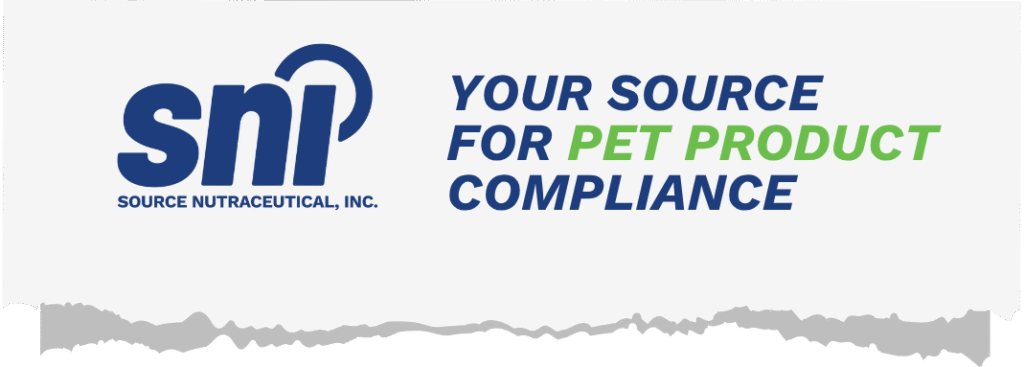
Whether you are formulating a new product, reviewing labelling, or preparing to import pet food into Canada, a clear regulatory strategy is essential. Our SNI Regulatory Team is available to assist at every stage of the process, from assessing your product and ensuring compliant labelling to supporting import documentation.
Contact us to learn how we can help ensure your products meet all necessary safety, quality, and regulatory standards in the Canadian marketplace.
🐾 More about our services here.
💡 Compliance is easy with the right support!
📩 info@sourcenutra.com
⬇️ Send us a request for support or an introductory call
FAQ
What laws govern pet food in Canada?
There is no single regulation dedicated exclusively to pet food in Canada. However, pet food products must comply with several federal laws, including the Consumer Packaging and Labelling Act, the Competition Act, and the Health of Animals Regulations. The Canadian Food Inspection Agency (CFIA) oversees aspects such as import controls, ingredient safety, and animal health protection. Health Canada and the Competition Bureau also play roles in regulating claims and packaging.
Do pet food labels need to list all ingredients?
Yes. All pet food sold in Canada must include a complete list of ingredients, presented in descending order by pre-cooked weight. The label must clearly identify each ingredient and ensure transparency, especially for animal-derived components.
Can imported pet food products be sold in Canada?
Yes, but imported pet food products must meet Canadian regulatory requirements before entering the market. This includes bilingual labelling, accurate product descriptions, nutritional adequacy (if claimed), and appropriate permits for products containing animal-derived ingredients. Importers must also follow all CFIA conditions outlined in the Automated Import Reference System (AIRS) and ensure the product is inspected and approved at the border if required. The product must meet the applicable requirements at the time of importation and prior to retail sale.
Are AAFCO standards mandatory in Canada?
No. The Association of American Feed Control Officials (AAFCO) standards are not legally required in Canada. However, many Canadian manufacturers choose to follow AAFCO guidelines to support claims that their products are “complete and balanced.” These standards help ensure nutritional adequacy and are widely accepted within the industry.
How is pet food regulation changing in 2025?
The updated Feeds Regulations, 2024, introduce new outcome-based requirements related to feed safety, packaging, and Preventive Control Plans. As of June 17, 2025, packaging used for livestock feed, including pet food, must meet stricter safety and sanitation standards. Additionally, documentation requirements for imported products will become more rigorous, including clearer traceability expectations and alignment with CFIA procedures. .
✷ The content on this website, including information presented in this post, is provided for general informational purposes only and does not constitute legal, regulatory, or professional advice. While efforts are made to ensure accuracy, laws and regulations vary by jurisdiction and may change over time. Readers should not rely on this information as a substitute for advice from qualified legal or regulatory professionals. We disclaim any liability for actions taken based on this content, and users are encouraged to seek guidance specific to their circumstances.
